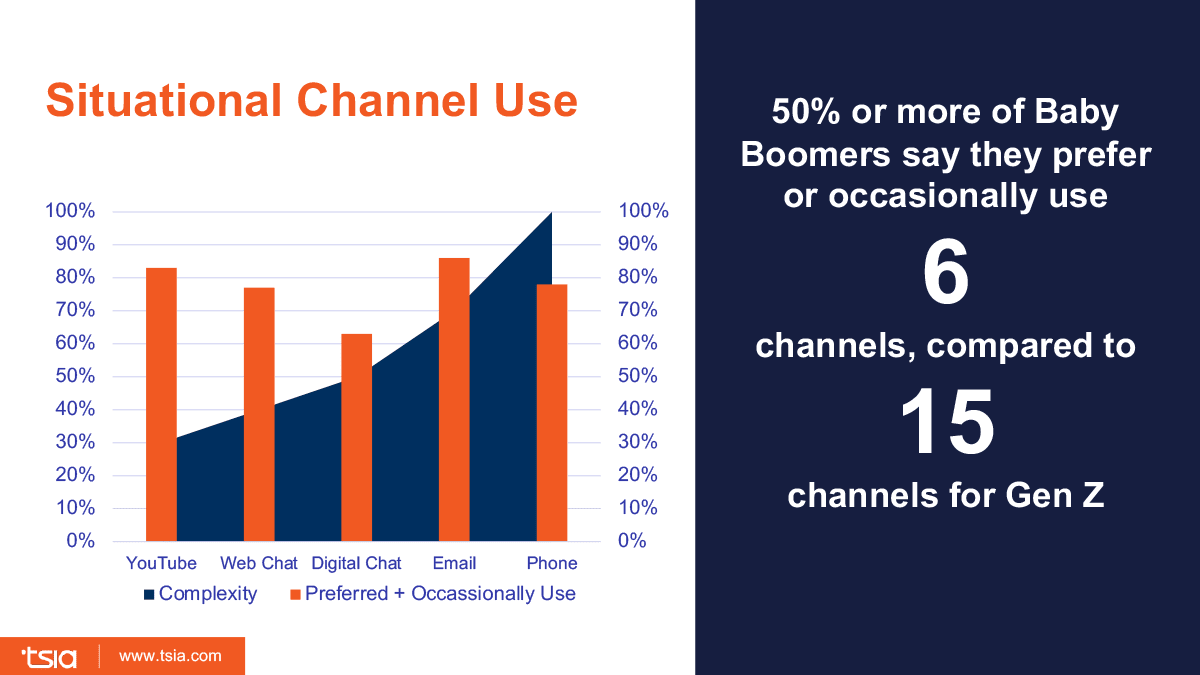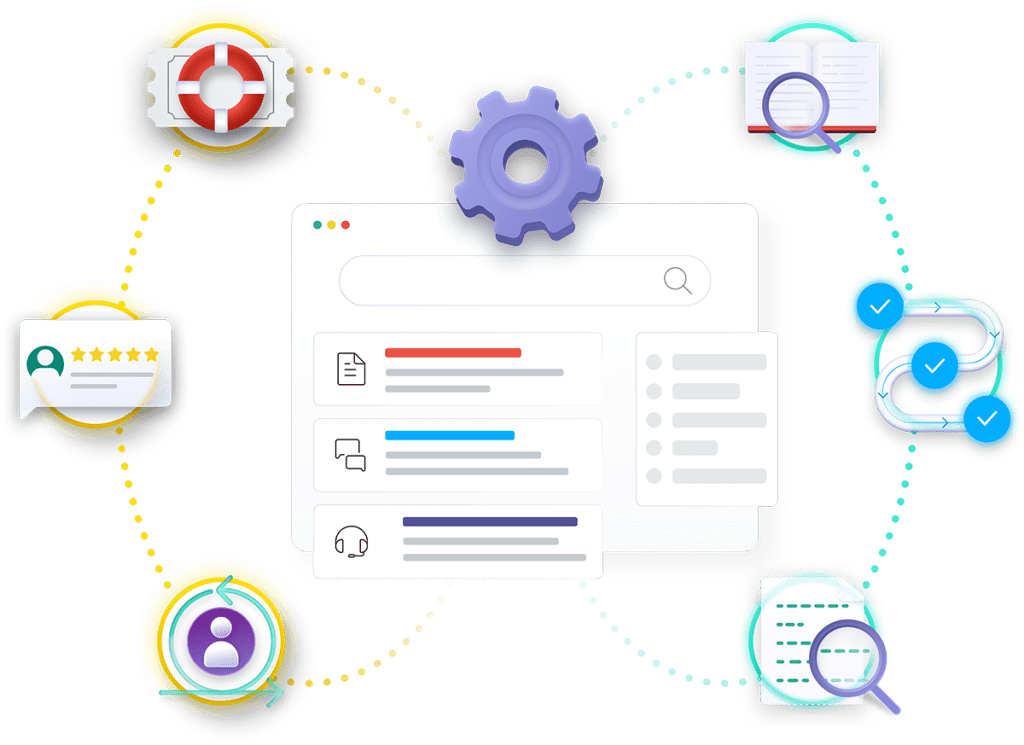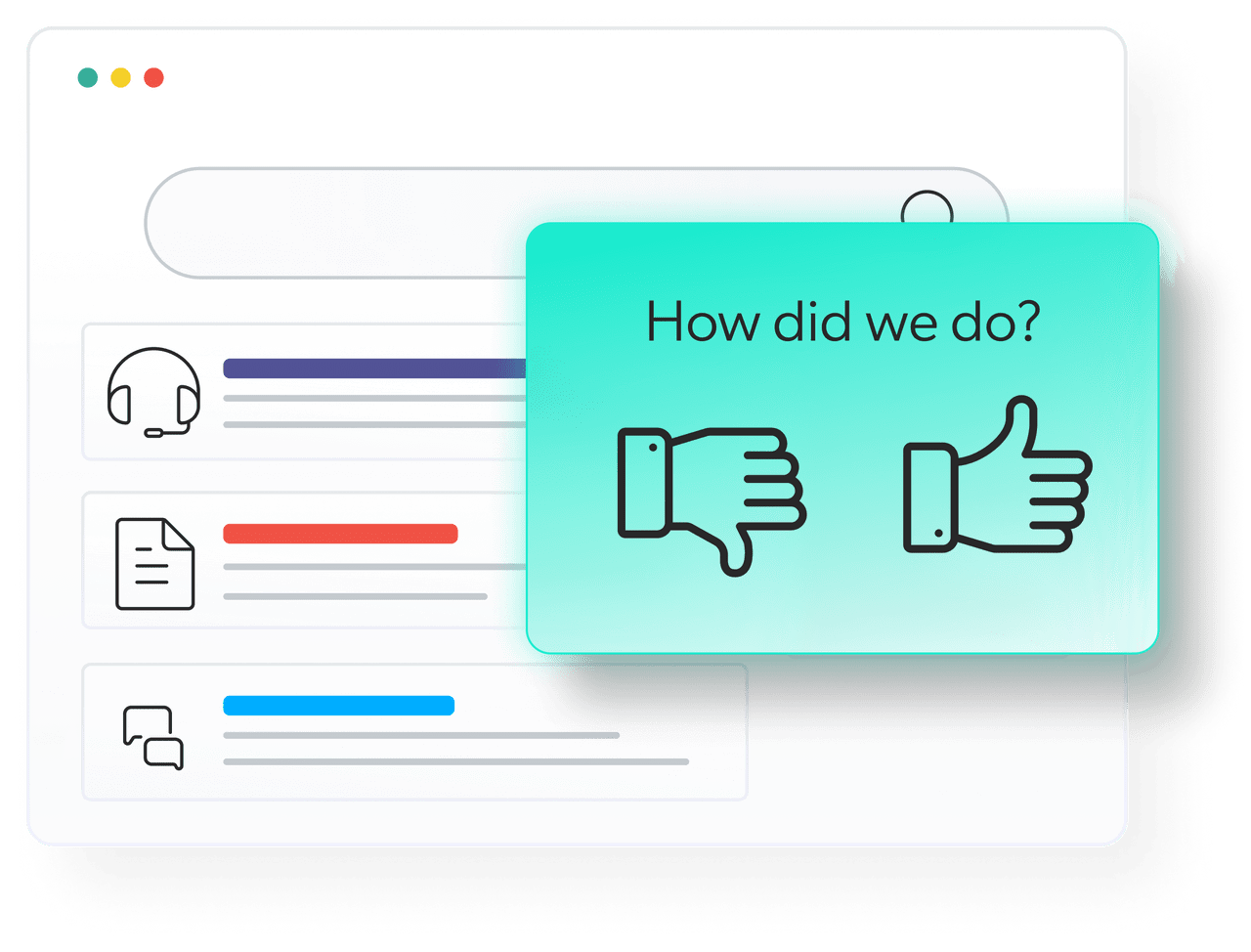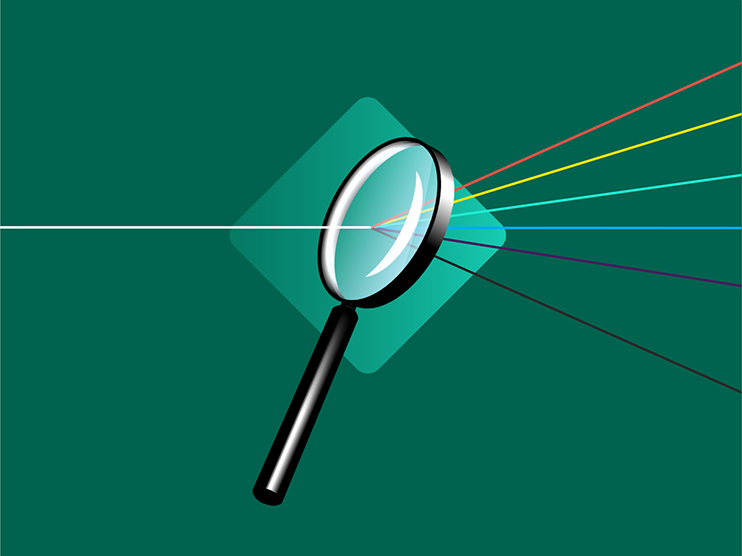When you have a problem with a product or service, where do you turn for the best digital customer experience?
If it’s a simple “how do I?” question, you might read a guide or flip on a YouTube video. If it’s a quick query, live chat might be your go-to. More complex issues might mean an email… And when there’s too much to explain in text, that’s when you dial that support number.
For companies, digital transformation has considerably expanded and diversified the landscape of customer relationship management. The latest data shows that customer service is no longer limited to a handful of channels, said John Ragsdale, Distinguished Researcher and VP of Technology Ecosystems at TSIA.

“50% or more of baby boomers say they prefer or occasionally use six different channels,” he shared at a recent webinar with Coveo and Salesforce. “But Gen Z, the youngest demographic, prefer or occasionally use 15 channels.”
Today, digital customer service resembles more of a spectrum ranging from self-support to live assistance. In the middle, you’ve got crossover channels like your help portal, mobile app, chatbots, YouTube, user communities, and social media.
The missing piece? The user experience across these is disconnected.
For Salesforce, creating great digital customer experiences means taking an omnichannel, digital-first approach to link these dots together. Here’s how they do it, at scale, for over 150,000 customers.

Tip 1: Putting the ‘Digital’ in Digital Customer Experience Strategy
When thinking about customer relationship management, companies have historically focused on assisted support and managed services with digital channels as an afterthought, shared Bernard Slowey, VP, Digital Customer Support for Salesforce. And even when companies know they need digital channel support and content to back it up, “they don’t manage it with the same operational rigor.”
But data from our 2022 Service Relevance Report reveals that digital self-service is the preferred method of support for 40% of customers — and it’s expected in some form or another by 70% of those surveyed.
Yet most digital self-service experiences fall short of customer expectations. “Self-service success is averaging just over 50%, which means about half of the time, when the customer attempts self-service, they’re not even finding what they need,” Ragsdale said.
Putting more effort into developing an effective digital experience management strategy also makes sense from an ROI perspective. For one, the automation of the customer support process cuts down related service costs.
“If you drive up that self-help success rate, less customers need to contact system support,” Slowey added. “They’re happier, they give a happier digital CSAT and you’re driving your case rate down. So you’re saving dollars.”
These saved resources can then be reallocated to other parts of the sales process to tackle more complex problems.

Tip 2: Supporting Customer Needs With Connected Digital Touchpoints
Adopting a digital-first mindset also means investing in the team that makes it tick. A year ago, Slowey’s role didn’t exist. The fact he’s in that role today represents Salesforce’s increased investment and commitment to digital support.
Slowey leads a multi-disciplinary team of experts who share the same objective of delivering a great digital customer experience:
- Experience managers responsible for customer interaction and digital experience on each channel, from the Salesforce help portal to their Trailblazer community. They monitor analytics relating to operational performance and help drive each channel’s roadmap.
- A digital content team that uses Knowledge Centered Support to get knowledge from support engineers that then is published on their portal. “They take what the support engineers have written and put it in a format that’s snackable and digestible,” said Slowey.
- Program managers aligned with delivery and product teams who map and optimize the entire digital customer journey all the way from that first digital interaction via Google search.
- A business intelligence function fully dedicated to digital support, analyzing customer data in Tableau and providing insights that help direct the rest of the team.
- Software engineers who build digital CX functionality into other products of the Salesforce ecosystem.
- An SEO experience manager working on content personalization who helps customers find the right content from their first point of entry.
Slowey and his team work closely alongside other areas of Salesforce to provide a better end-to-end customer experience, too:
- With the product team, they find opportunities to drive better in-product customer support experiences.
- With support engineers, they tap into vast amounts of customer support knowledge.
- With the marketing and sales teams, they promote content so customers know it’s available.
- With the customer success team, they integrate support with the onboarding and education journey.

Tip 3: Key Data and Metrics to Track for Measuring Digital Customer Experience Success
How do you know if your digital customer experience strategy is working? For Slowey, three key metrics paint the picture.
Self-service Success
Are digital customers engaging with self-service content and platforms — and did they go on to create a support case? Answer “yes” to the first part and “no” to the second, and you’ve got self-service success — at least the way Slowey defines it at its core.
A quick caveat: Self-service success is about more than case deflection. “I hate the word ‘deflection’ because I think it drives the wrong behaviors,” he added. “People do things that make it hard for customers to get support so they can hit their deflection numbers.”
Digital Customer Satisfaction Score (CSAT)
To better understand and meet customer expectations, Salesforce gathers data separately for their assisted and digital support services.
For example, suppose a customer scrolls down to the bottom of a help article and spends enough time there. In that case, Salesforce might pop up a microsurvey with a customer satisfaction question specific to that digital journey.

Problem Resolution Rate
“Did we solve your problem?” In addition to CSAT, keeping a record of your customer’s problems also helps. Salesforce asks for customer feedback within their articles and through their chatbots. This datatells Slowey and his team which content and dialogues are working well and which ones they need to target for customer experience improvements.
Bonus Tip: Look Out for Your Operational Metrics
If your self-service portal takes too long to load, it can be more of a barrier than a boon to customers who don’t want to be kept waiting. That’s why Slowey and his team count the behind-the-scenes technical data, from authentication rate to load times, as an important part of their customer experience.
The Impact of Effective Digital Customer Experience Management
Since adopting their digital-first approach to customer experience and growing their team, Salesforce now has a digital self-service success rate of 96%, Slowey shared. Their support engineers have an easier time searching for content, too.
Their current digital CSAT currently sits at a 3.8 out of 5 — a bit above the average self-service rating of 3.5 reported in TSIA benchmarking. And by measuring their digital channels against targeted metrics, they envison a score of 4.5, which is on par with assisted support averages.
They aren’t abandoning customers who opt for traditional support services either. Salesforce has streamlined that customer journey from a complicated mix of drop-down menus and selections to a simplified, three-click process: product, topic, and problem.
And they’re not stopping the digital experience improvements there. “We want to get it to a point where they can just tell us a description,” Slowey said. “Through the power of Coveo AI’s case classification model, we can classify that description, then we can provide you search results related to that, as well as using that model to make sure we route you to the right support engineer.”

As for digital CX advice, Slowey leaves us with three key thought-starters: Invest in the right resources, partner with industry leaders… and most importantly, “start today!”
Dig Deeper
Wondering how to get the most out of your Salesforce platform? Real life user adoption of Coveo AI for Salesforce shows that companies using our Salesforce integration are seeing remarkable results in customer service.
Tableau chalks up a record high of $18M in annual savings through search automation and better case handling. Medallia combines Coveo and Salesforce Service Cloud to help their customers improve performance. Informatica has significantly improved data quality for their 40 customer forums with Coveo’s intelligent search capabilities. Five customer stories are waiting for you in our ebook, 5 Companies Using Coveo & Salesforce to Transform Service!


